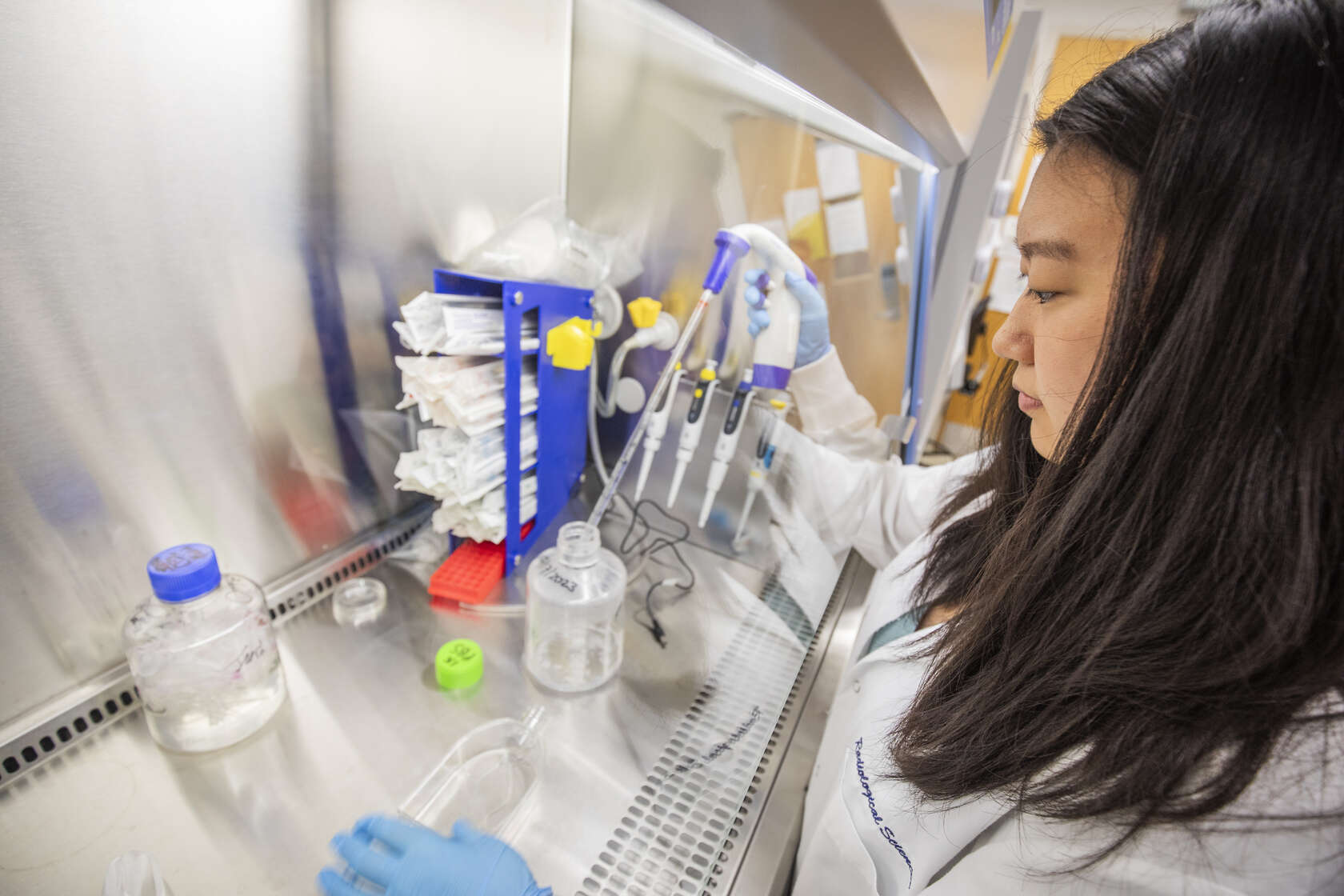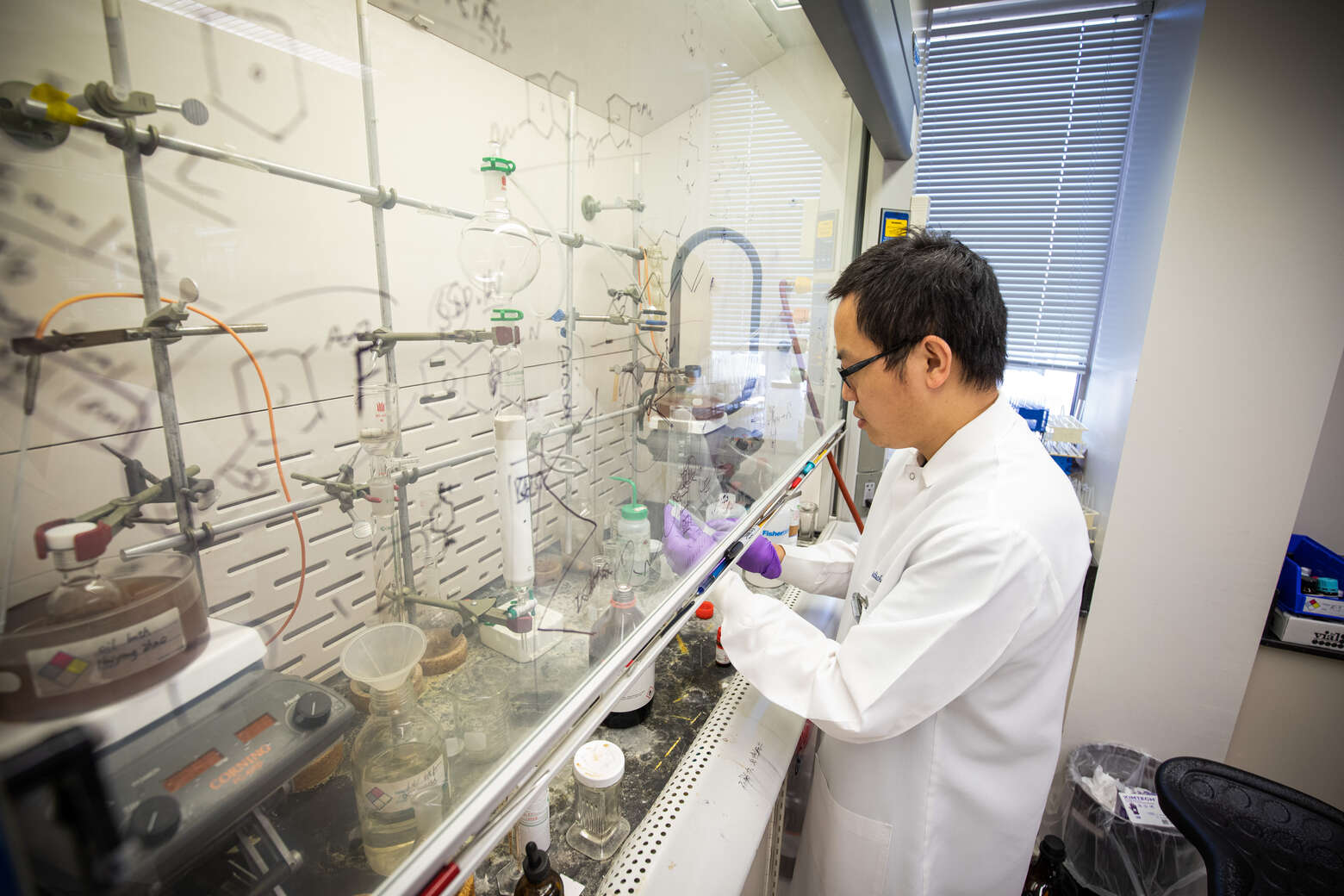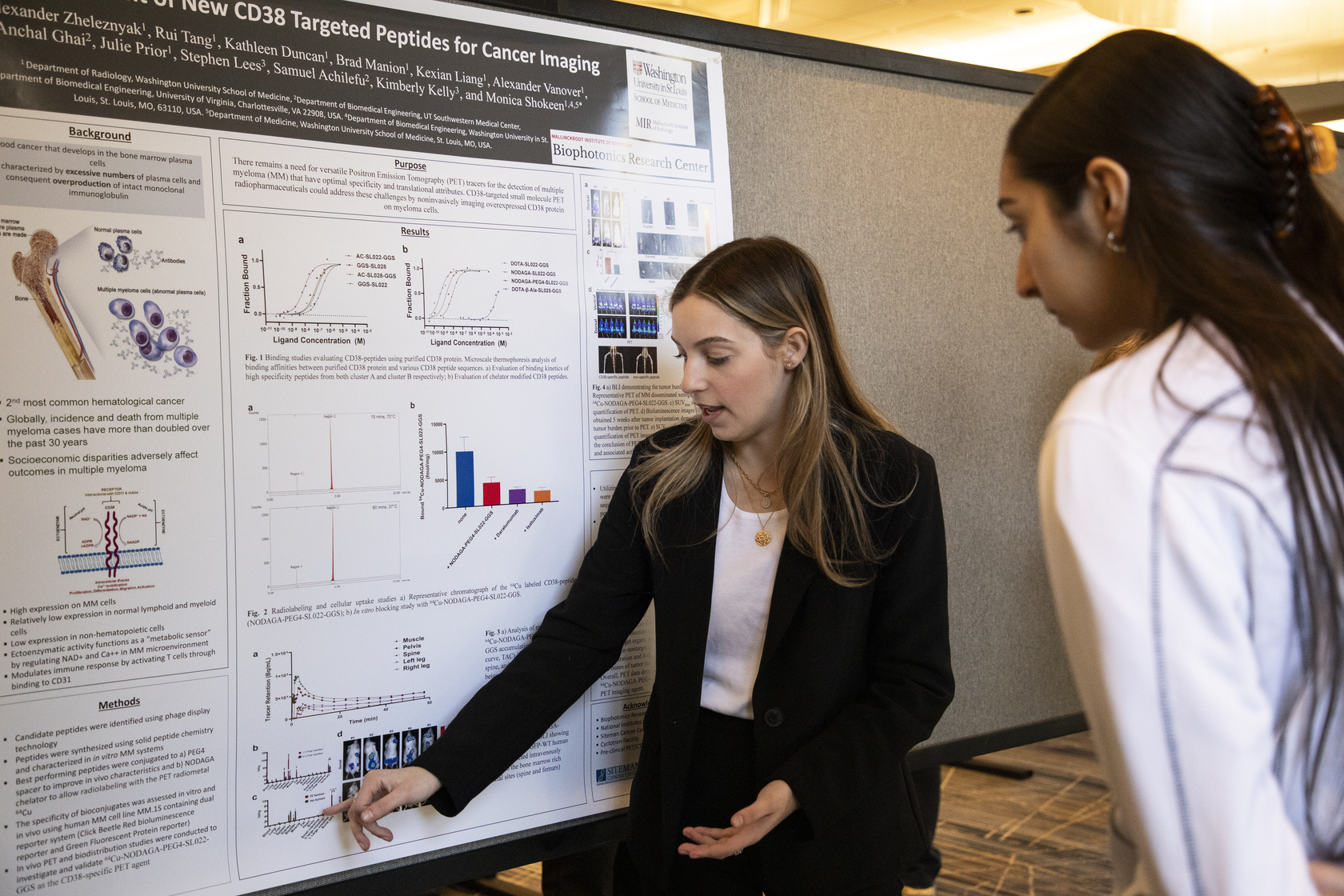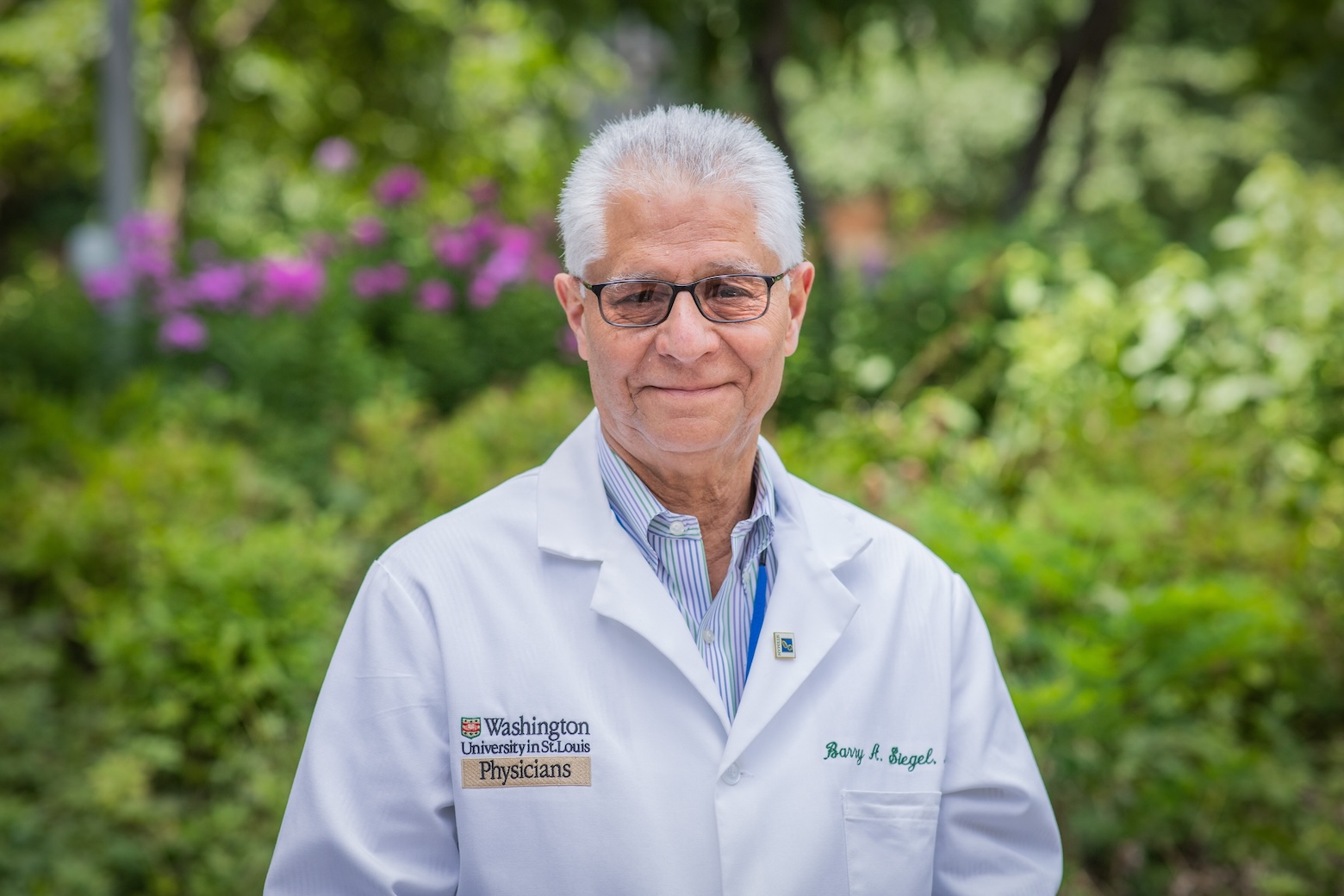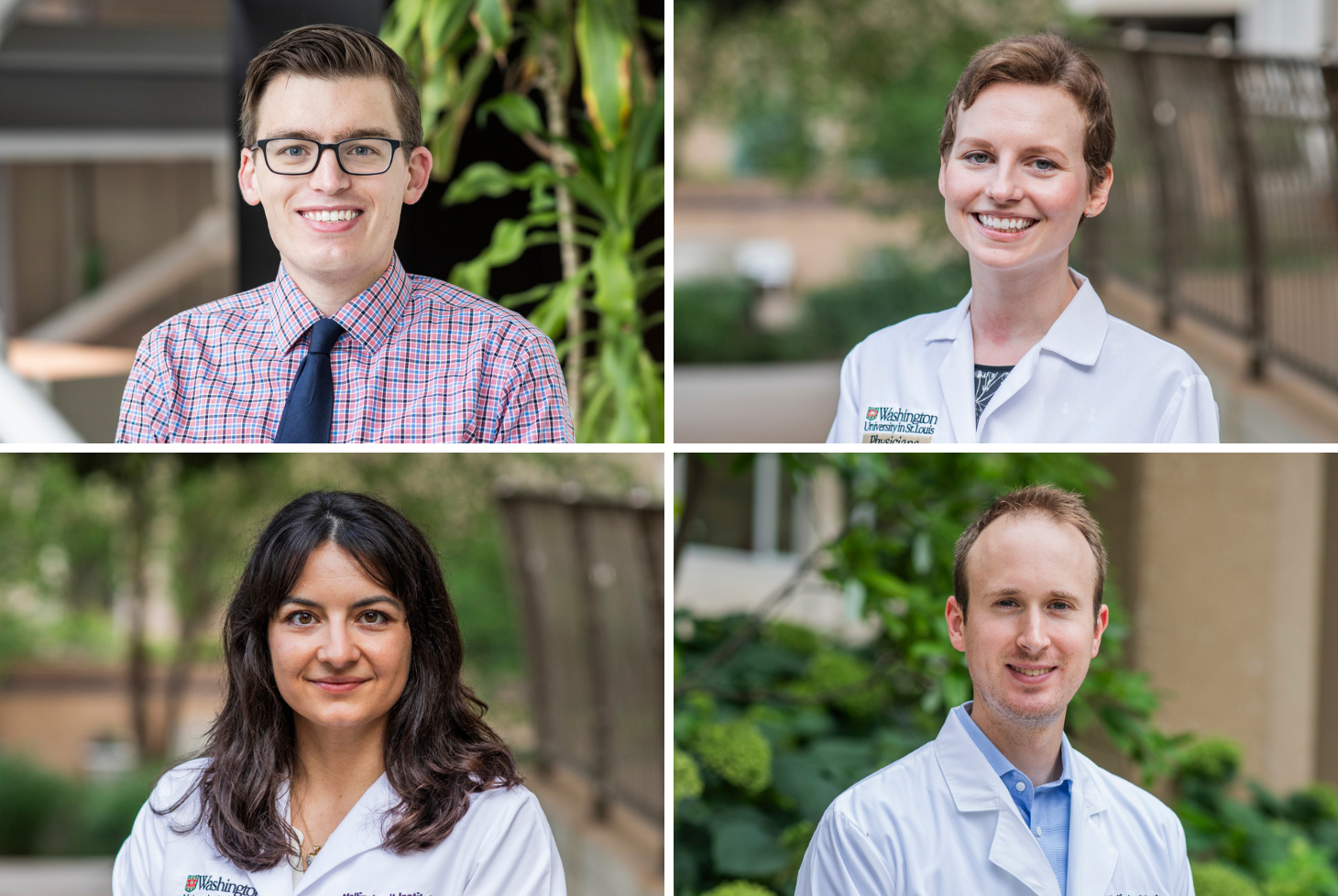Screening Saves Lives: Christine Jochim
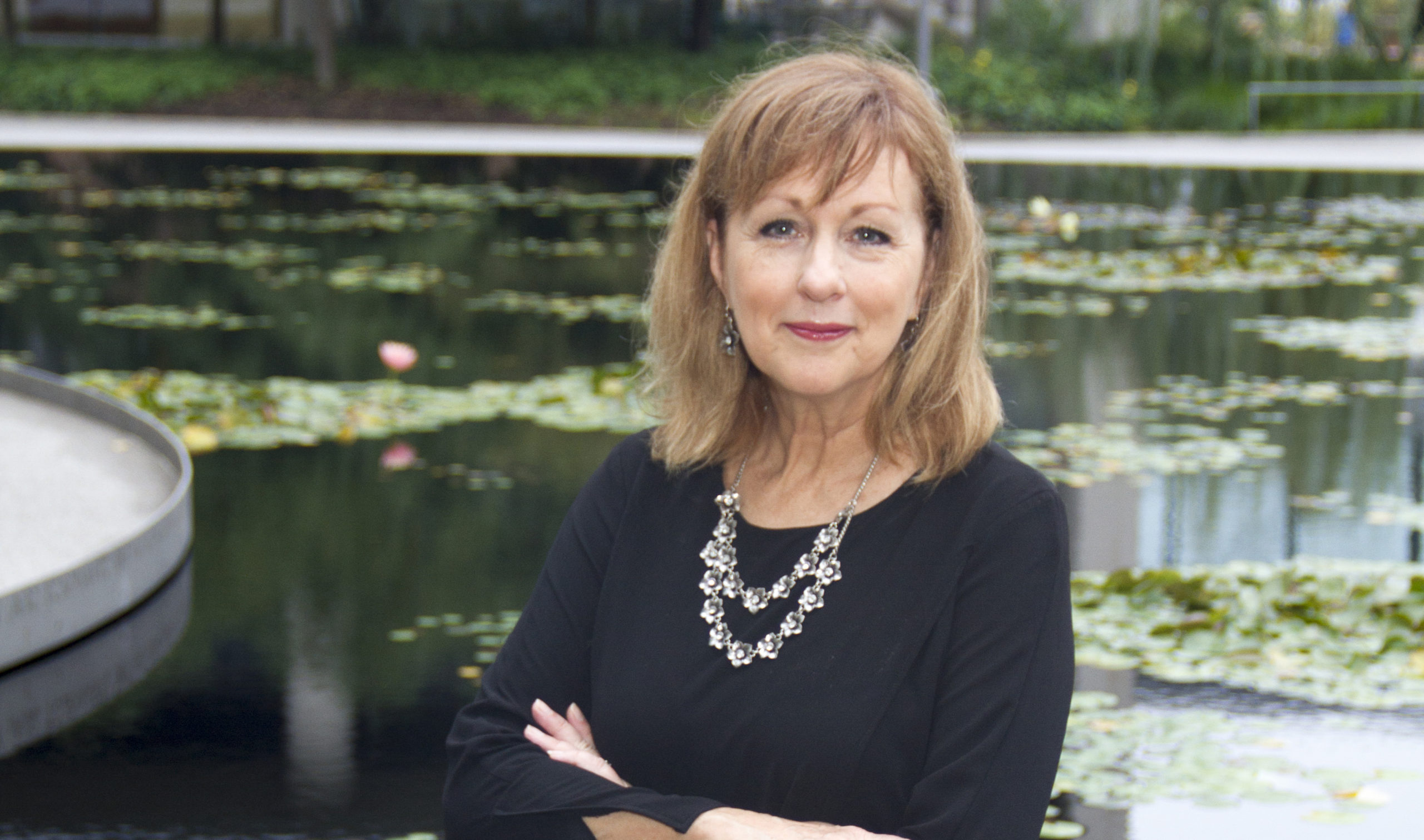
It took five seconds to save Christine Jochim’s life.
In 2015, Jochim, who works in campus support services at Washington University School of Medicine in St. Louis, discovered a “little angry” cyst on her breast and wanted to get it checked out. She booked an appointment with Mallinckrodt Institute of Radiology (MIR) at the School of Medicine for a mammogram that, fortunately, found that the cyst was nothing of concern.
But during her follow-up appointment one year later, the technician wanted to do a 3D mammogram of her breast, which would last five seconds longer than the standard 2D imaging.
At the time, 3D mammography, or digital breast tomosynthesis — now the standard of care — was a lesser-known exam that wasn’t covered by most insurance companies. And the idea of enduring a mammogram for even a few seconds more made Jochim hesitate. “Understand I hate mammograms,” she says. “The thought of five more seconds for the 3D scan was so cringe-worthy.” However, the technician used an analogy to drive the point home: a regular mammogram sees the front and back of a book, but the 3D mammogram sees 15 pages inside that book. Persuaded, Jochim endured the extra couple of seconds and completed the 3D scan.
Those five seconds changed everything.
MIR breast imaging experts compared Jochim’s initial 2015 scan to the 2016 3D scan and detected a small lateral tumor – about 3/4 of an inch — buried in her chest wall. The tumor was well-hidden, and Jochim says she wasn’t experiencing any symptoms. From that 3D mammogram, Jochim was diagnosed with stage 1 breast cancer. Her health care team was able to detect her cancer early and swiftly began treatment. Less than two months after discovering her tumor, she underwent a lumpectomy and started six weeks of radiation therapy.
Now, five years after her lumpectomy, Jochim is cancer free and continues to get yearly screenings. “There is always just a little terror when I go in for my screening,” she says. “But I know that MIR has the technology and experts to catch any abnormalities as early as possible.”
She credits those five extra seconds and the breast imaging experts at MIR with finding her cancer early and, ultimately, saving her life.
Connecting with fellow cancer patients also gave her a new perspective of why early screening is so important. “I was humbled to sit in that waiting room and have conversations with those whose journey had been so much more difficult than mine,” she says.
The best way to battle breast cancer is through preventative care. Technology like 3D mammography, which insurance providers are now required to cover thanks to legislation passed in Missouri and several other states, can detect it earlier when it’s easier to treat. MIR is also home to subspecialized radiologists who spend all day every day interpreting breast images and treating breast abnormalities.
To schedule your 3D screening mammogram, call 855-SAFE-RAD.

